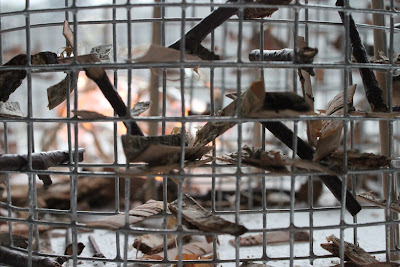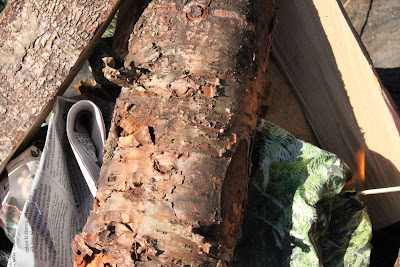M A S T E R T H E S I S
Extension of the eyes
P O S T blindfolded them selves in oder to experience the world without seeing. Without your sight you have to depend on your other senses, like touch, sound, smell etc. To remove sight from your perception you become aware of that you use your other senses to orient yourself more than you think. We where surprised that the tactility of our feet were so important and that it was hard to estimate distances. The sound of surrounding objects were surprisingly confusing us more than helping.
When we design spaces and buildings it´s important to consider that we have more than just one sense. We experience architecture not only by one stimulus. Our experience of architecture is an interaction between all our senses and this should be regarded in the design.
























































